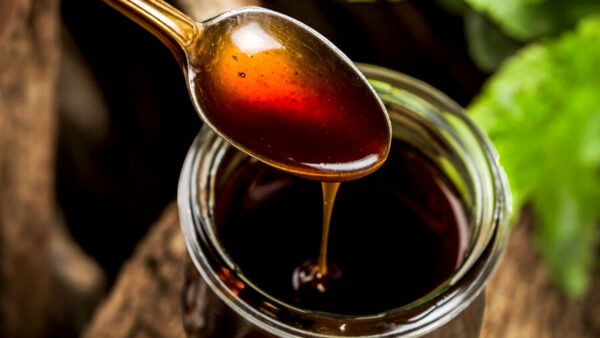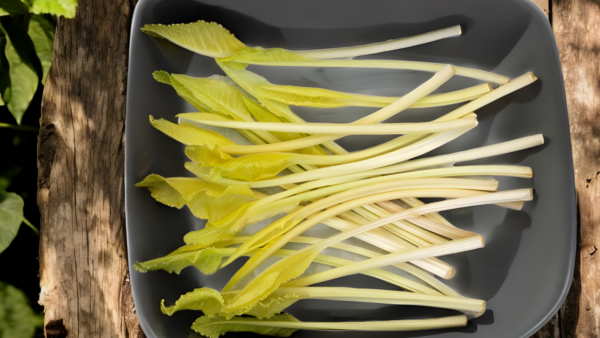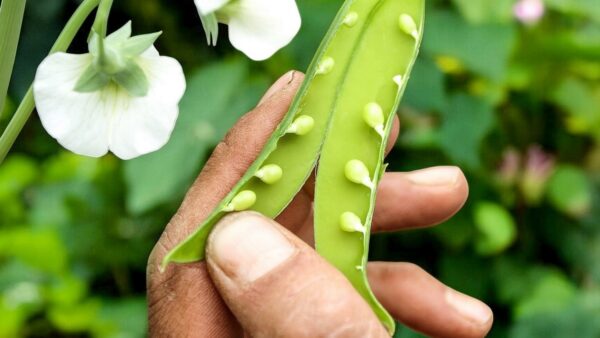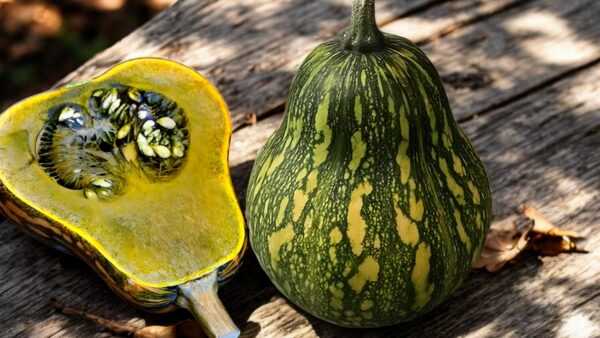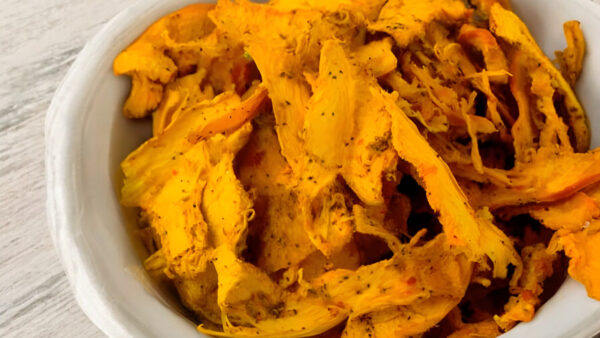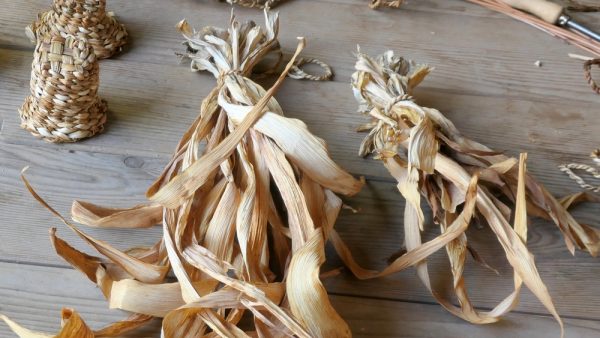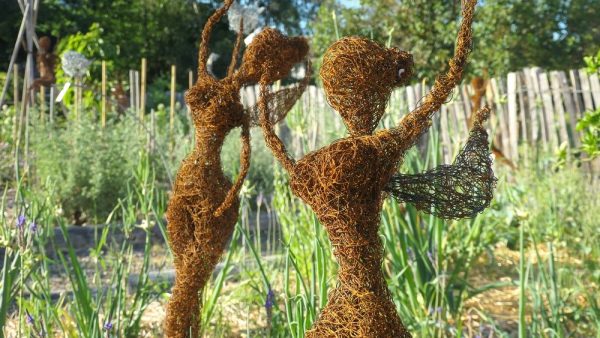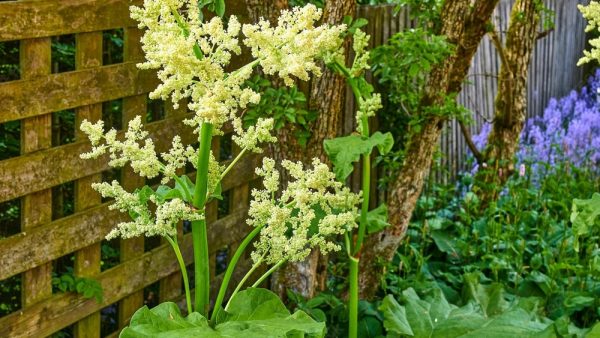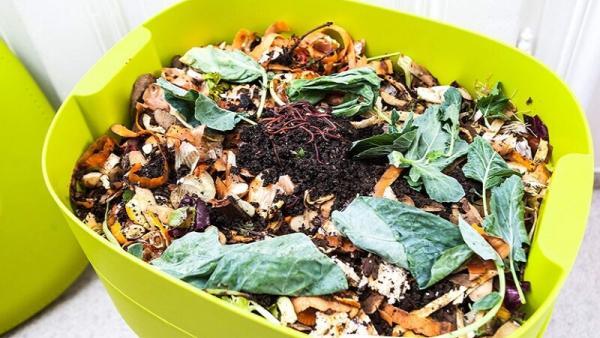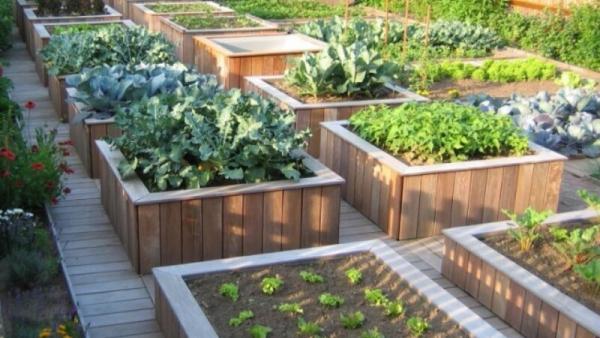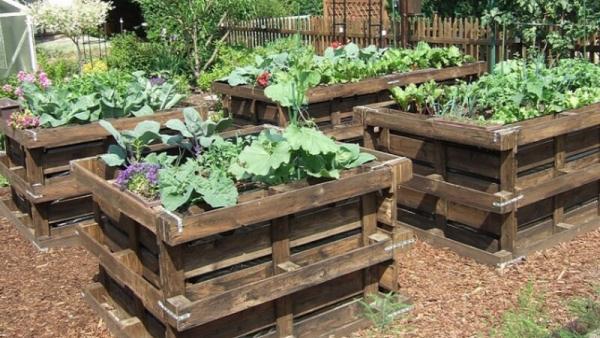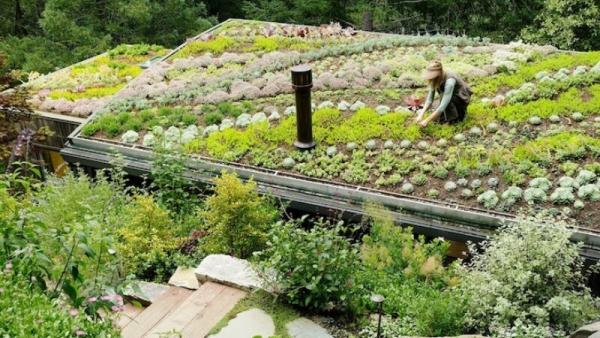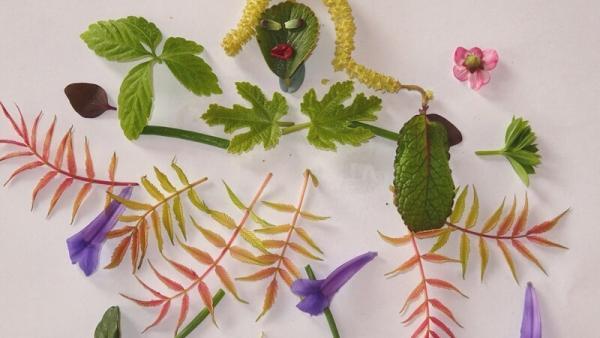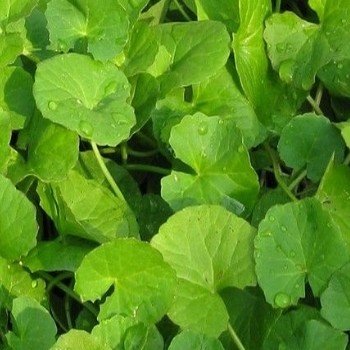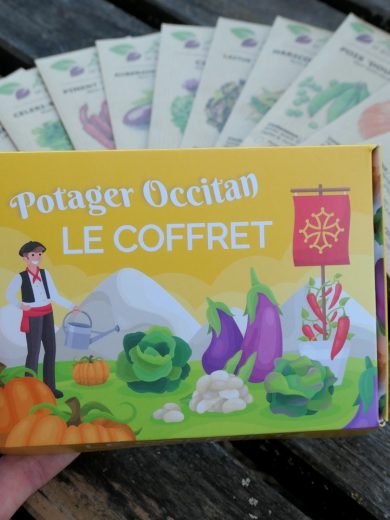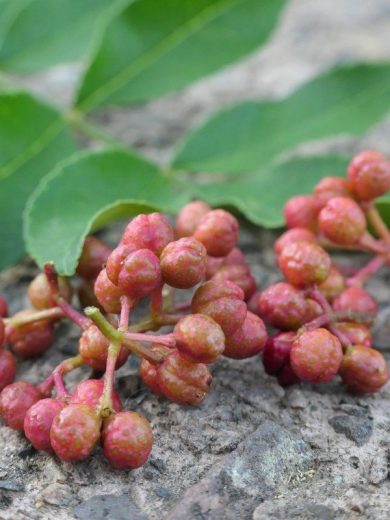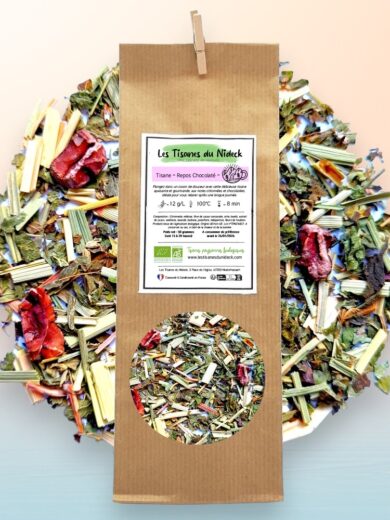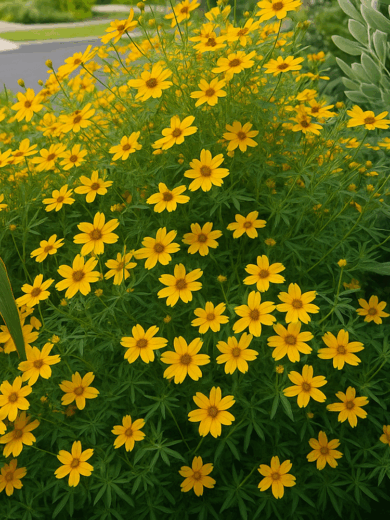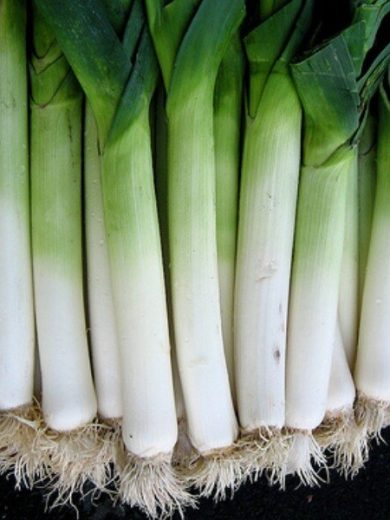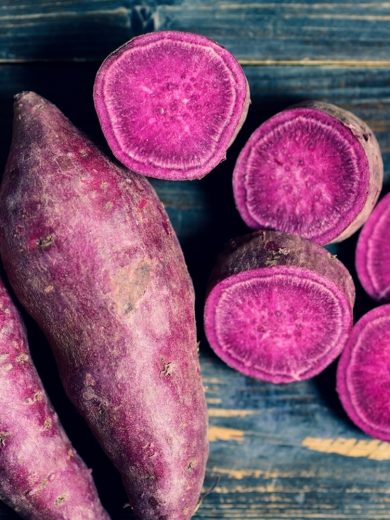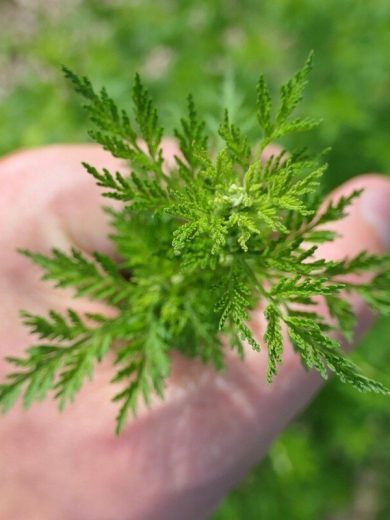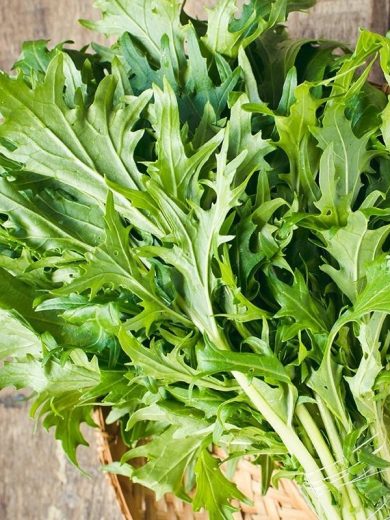Bienvenue sur le Blog Alsagarden !
Un blog dédié aux jardiniers curieux, amoureux des plantes rares et insolites.
Plongez au coeur du végétal avec Alsagarden !
Vous aimez les plantes et les découvertes ? Vous êtes au bon endroit !
- Bienvenue sur le Blog Alsagarden -
La ‘Cressonnette marocaine’, parfois appelée « Radichetta » en Italie, est une variété de laitue ancienne au feuillage fin et ...
La Plaquebière : Fruit star des traditions et des saveurs du Grand Nord !
Peu connue sous nos latitudes, mais véritable emblème culinaire des régions boréales, la Plaquebière (Rubus chamaemorus) est un petit fruit ...
Les Oponces : Des cactus qui résistent au froid… et se mangent !
Lorsqu’on pense aux cactus, on imagine spontanément des paysages arides, des températures brûlantes et des étendues désertiques balayées par le ...
Pseudohydrosme gabunensis : Une plante rare à l’odeur de vieilles chaussettes !
Dans les forêts humides du Gabon pousse une plante aussi fascinante qu’inattendue : Pseudohydrosme gabunensis. Peu connue du grand public, ...
La Sauge massepain : Une plante au parfum envoûtant de pâte d’amande
Parmi les nombreuses variétés de sauge, certaines se distinguent par leur beauté, d’autres par leur parfum… mais rares sont celles ...
Jaltomate : Un fruit méconnu au goût unique, entre la tomate et le raisin
Plante encore méconnue mais fascinante, la Jaltomate (Jaltomata procumbens) mérite une place de choix dans nos potagers. Originaire du Mexique, ...
La Fraise Abricot ‘Mont Omei’ : Rare, originale et savoureuse !
Connaissez-vous la Fraise Abricot ‘Mont Omei’ (Fragaria rubicola) ? C’est une espèce encore très rare en culture et fascinante ! ...
Devenez pionnier dans la culture de l’Agave tequilana en France
L’Agave tequilana, également appelé « Agave bleu », est originaire des hautes terres volcaniques de l’ouest du Mexique, notamment de ...
Cultiver la fameuse Yerba Maté (Ilex paraguariensis), l’arbre à thé d’Amérique du Sud
Parfois appelée « Thé du Paraguay » ou encore « Thé des jésuites », cette espèce végétale est au cœur ...
Avez-vous déjà goûté ce fruit au goût surprenant de caramel ?
Partons à la découverte d’un arbuste fruitier aussi mystérieux que gourmand : Leycesteria formosa, plus connu sous les noms communs ...
- le Jardinage au naturel -
Marc de café, l’or brun du jardinier !
Le marc de café est bien plus qu’un simple résidu de votre tasse matinale. Cet excellent engrais naturel améliore la ...
Lutter contre les pucerons, oui mais naturellement !
Le printemps n’est pas encore tout à fait là, mais les pucerons eux font d’ores et déjà leur apparition ! Qu’ils ...
L’eau de Saule : Hormone de bouturage naturelle !
Pour faire des boutures, beaucoup de jardiniers utilisent de l’hormone de bouturage de synthèse afin de favoriser l’émission et la croissance des ...
Limaces : Organisez une fête de la bière dans votre jardin (ou pas) !
Mesurant entre 3 et 4,5 cm, les limaces de jardin sont de redoutables petites gourmandes. Ces mollusques voraces s’attaquent sans ...
Maladies cryptogamiques, pensez à la prêle !
La Prêle des champs (Equisetum arvense), parfois appelée Queue de rat, Queue de Renard ou encore Queue de Cheval, est ...
Les dix « Commandements » de la culture de la tomate !
Facile à cultiver, incroyablement riche en variétés et délicieusement savoureuse, la tomate est une star incontournable du potager. Originaire d’Amérique ...
Fleurs comestibles : Profitez de leurs beautés au jardin et dans l’assiette !
Les fleurs ne sont pas seulement un plaisir pour les yeux : certaines d’entre elles sont aussi de véritables délices ...
Le plaidoyer d’une “mauvaise herbe” ! Pourquoi m’arracher ?
Je suis une plante herbacée, parfois un peu ligneuse. Je pousse là où l’on ne m’attend pas, là où les ...
Les plantes anti-moustiques, des insecticides naturels !
Insecticide et naturel sont deux mots peu compatibles. Et pourtant, il existe bel et bien des alternatives respectueuses de l’environnement ...
Fourmis, vrai faux ennemis ! Pucerons, trublions !
Vous l’avez sans doute remarqué : qui dit fourmis dit pucerons ! Avant de vouloir éradiquer les fourmis à tout-va, il est nécessaire de s’intéresser ...
LE BON PLAN ALSAGARDEN :
 Le Coffret de graines "Légumes géants" !
Le Coffret de graines "Légumes géants" !
Un idée cadeaux pour les jardiniers curieux passionnés par les variétés potagères de concours !
- Cuisine du jardin & Recettes -
Recette : Limonade à la rhubarbe
Dès les premiers beaux jours, le jardin se réveille et nous offre ses trésors printaniers. Parmi eux, la rhubarbe se ...
Faire son sirop de Yacon maison : Les secrets de fabrication
Vous cultivez du Yacon, aussi appelé « Poire de terre », dans votre potager et souhaitez profiter pleinement de votre ...
Jeunes pousses de Raifort : Petites feuilles, grande saveur !
On connaît souvent le raifort pour l’usage de sa racine en tant que condiment, mais ses jeunes pousses constituent également ...
Le Pois Larme : Cultivez le Caviar Végétal dans votre potager
Dans l’univers culinaire, rares sont les légumes qui déclenchent un tel engouement que le Pois Larme, mieux connu sous son ...
Recette : Dessert traditionnel à la Courge Guatémaltèque à chair verte
La Courge Guatémaltèque à chair verte, aussi appelée “Ayote” est une variété de courge emblématique du Guatemala, où elle occupe ...
Recette : Infusion de Noël à l’Hibiscus façon Vin chaud
En quête d’une boisson originale pour Noël ? Faites voyager vos papilles avec cette infusion festive à l’hibiscus et aux ...
Recette : Chips de courge croustillantes
Les chips de courge au four sont une alternative saine et savoureuse aux chips de pommes de terre traditionnelles. Légères, ...
Recette : Le Tarkhoun, un soda pétillant à l’Estragon
Avez-vous déjà entendu parler du Tarkhoun ? Il s’agit d’une boisson pétillante, sans alcool, au goût délicieusement anisé, réalisée à ...
Recette : Beurre aux fleurs comestibles
Vous cherchez une manière originale et élégante d’agrémenter vos plats ? Le beurre aux fleurs est l’option parfaite pour apporter ...
Recette : Tartine au Poireau Perpétuel et Fromage de Chèvre
Découvrez une recette simple et délicieuse qui allie la fraîcheur du poireau perpétuel à la douceur du fromage de chèvre ...

Nos ateliers & Évènements
Découvrez tous nos prochains ateliers créatifs, formations et évènements autours des plantes et du jardinage !

Qui-sommes nous ? Notre philosophie
Une graineterie indépendante spécialisée en variétés potagères biologiques, libres et reproductibles.
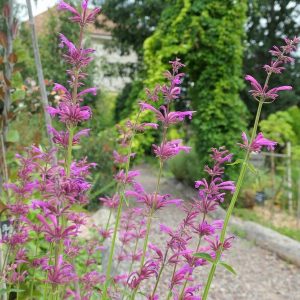
Notre Jardin Potager
De mars à octobre, venez visiter notre potager et de nombreuses variétés étonnantes en culture !
- Bricolage & Recyclage -
Vannerie : Fabriquer de la cordelette végétale avec les feuilles du jardin
Contrairement à ce que l’on pourrait croire, le saule n’est pas le seul matériau ...
Regula Angerer : L’Art du Fil de Fer
L’art de la sculpture de fil de fer est un moyen unique d’expression artistique ...
La Flûte de Rhubarbe : Un instrument de musique traditionnelle
Saviez-vous qu’il était possible de fabriquer un instrument de musique avec de la Rhubarbe ...
Faire son après-shampoing naturel au Romarin
Tout le monde connait le romarin, cette herbe aromatique souvent utilisé en cuisine comme ...
Lombricompostage : Faire un compost dans sa cuisine !
Vous habitez en appartement et vous n’avez pas la chance d’avoir un jardin ? ...
Construire un potager surélevé pour jardiner debout
Au jardin, les situations de travail en position courbée de façon prolongée sont nombreuses ...
Fabriquer un potager en carré avec des palettes de récupération
Il existe 1001 manières différentes de recycler d’anciennes palettes ! Mais avez-vous déjà pensé ...
Créer une toiture végétalisée avec du Sedum, mode d’emploi !
Parmi les plantes vedettes pour la réalisation de toitures végétalisées, les sedums figurent en ...
Fontaines à fraises : Rendements records sur petits espaces !
Vous aimez les fraises ? Seulement voilà : La culture des fraises nécessite beaucoup ...
Idées créatives : De l’art végétal à faire avec vos enfants !
Le printemps est de retour et les activités en pleine air sont à nouveau ...
 La livraison est offerte dès 49€ d'achat* !
La livraison est offerte dès 49€ d'achat* !





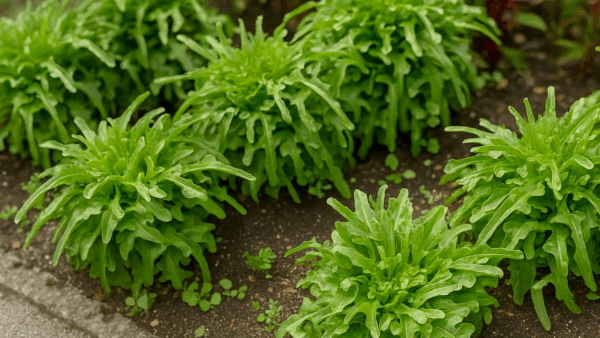
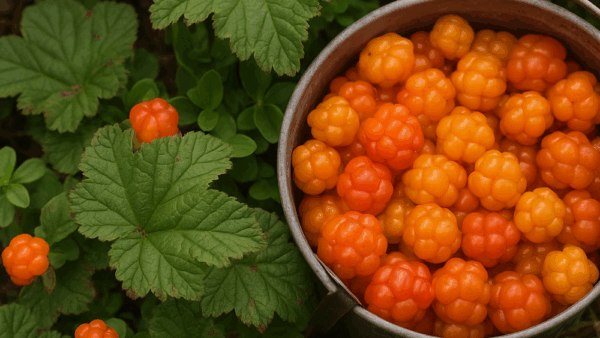
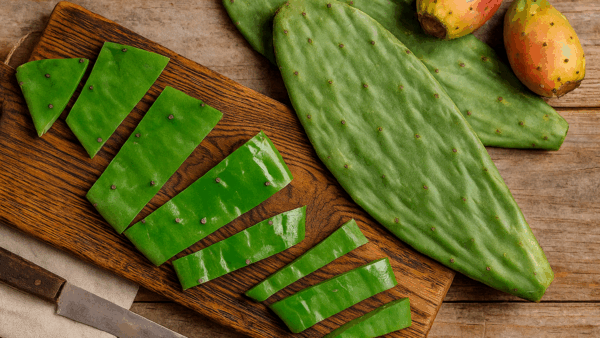
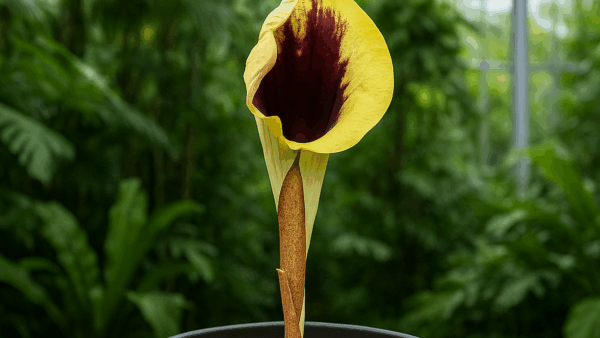
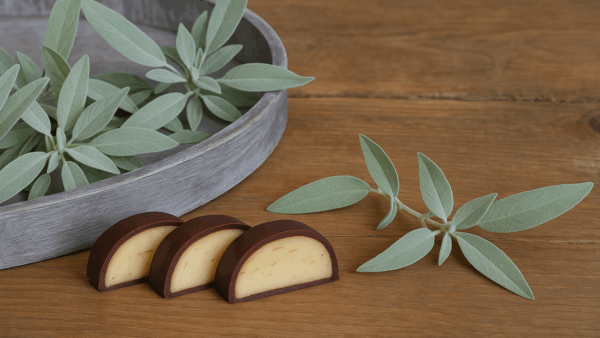
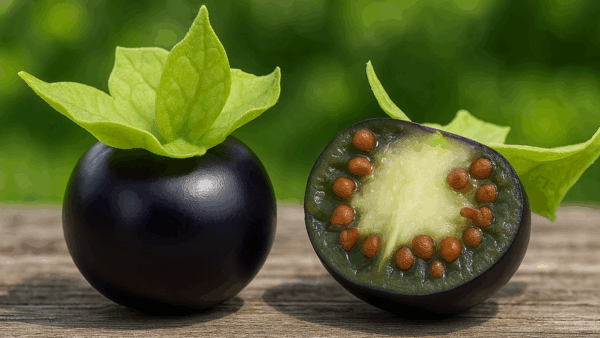

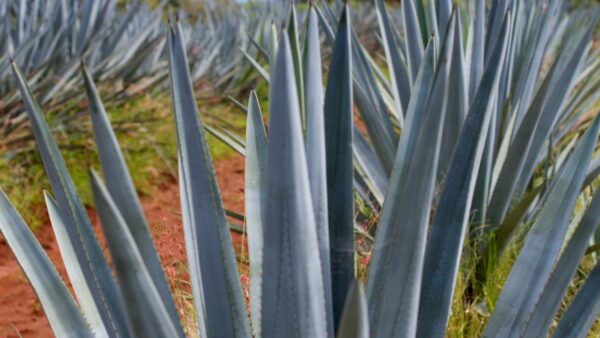
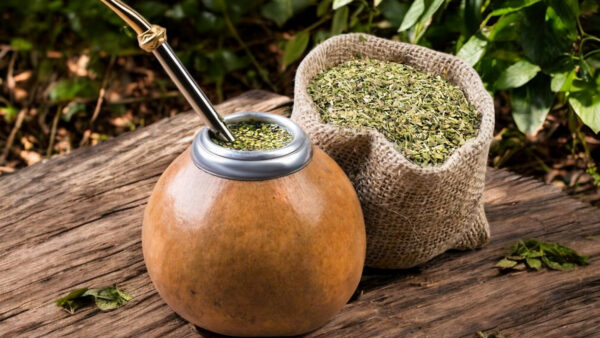
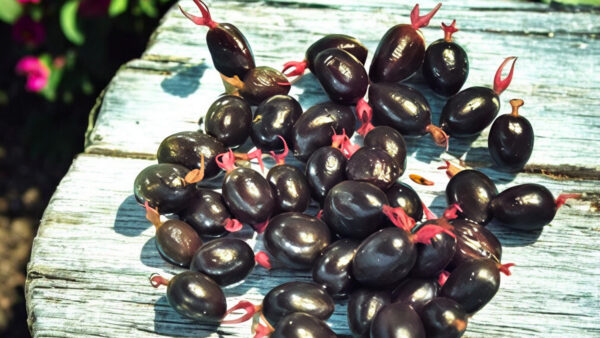
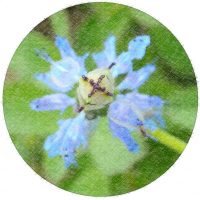

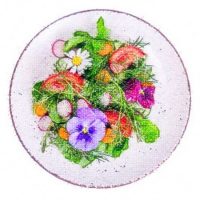

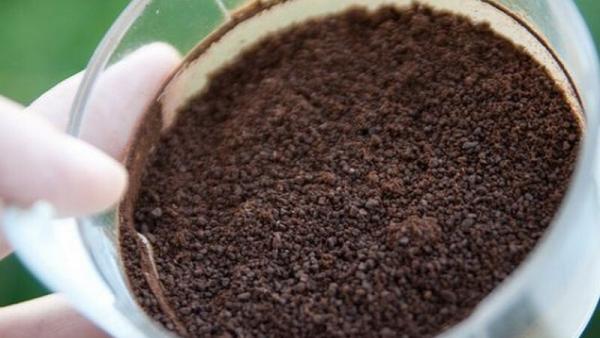

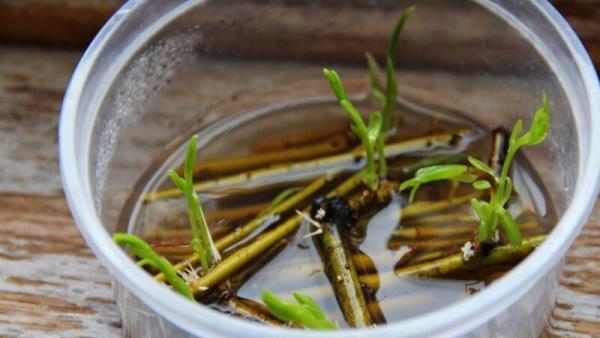
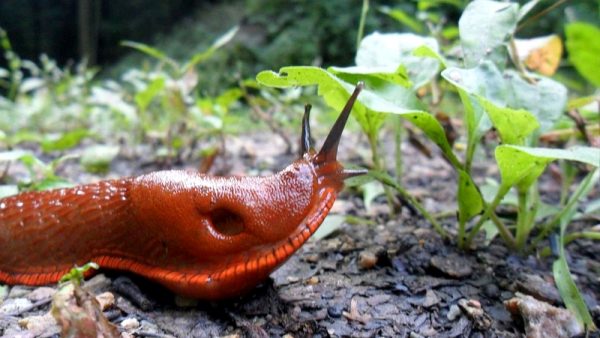
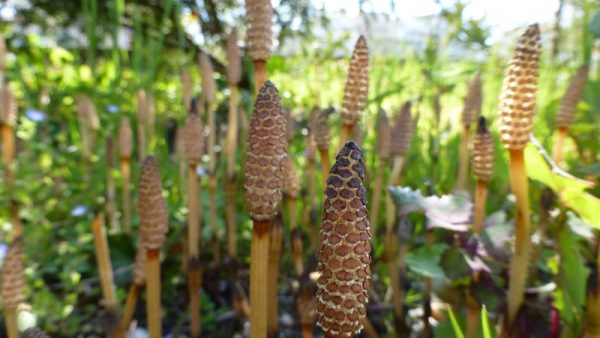
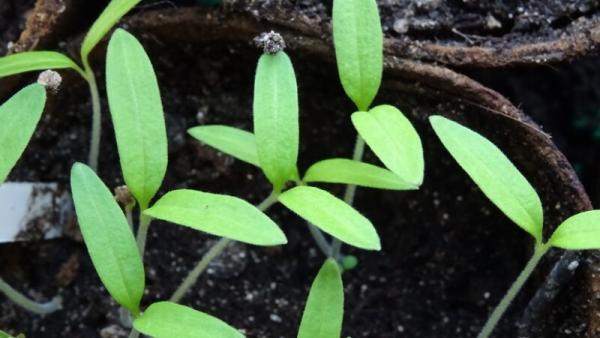
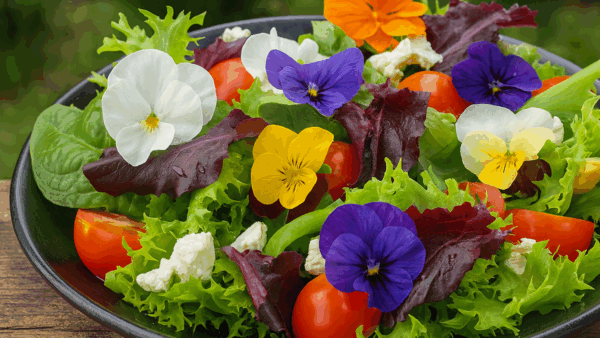
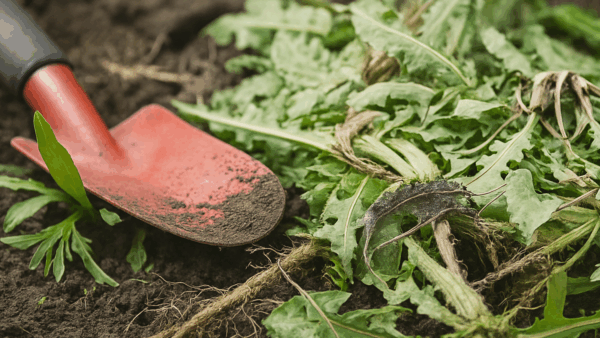
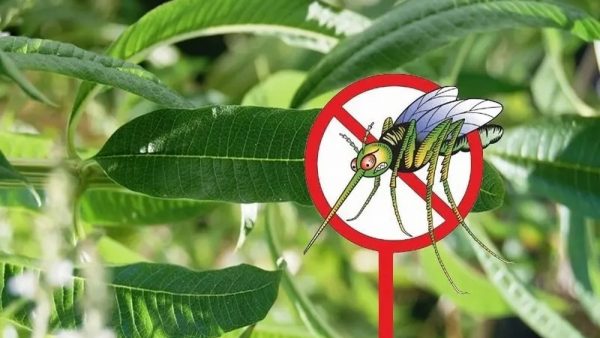
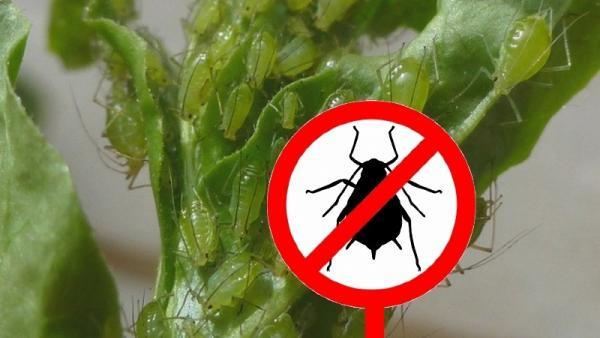

 Le Coffret de graines "Légumes géants" !
Le Coffret de graines "Légumes géants" !
